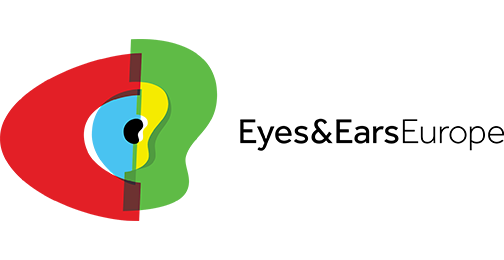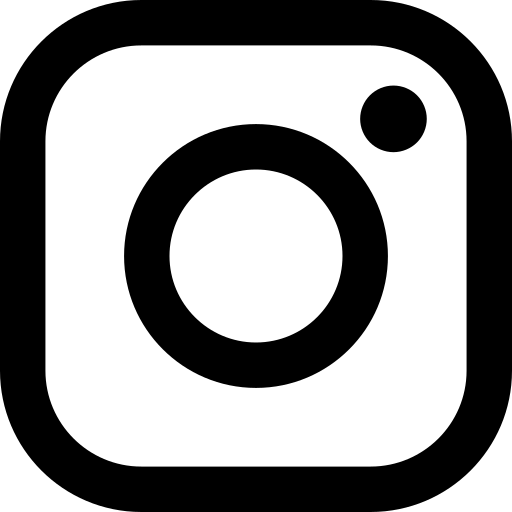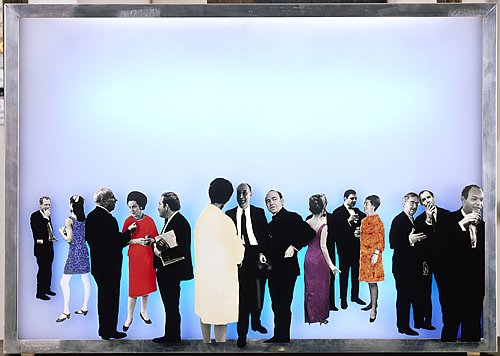Eyes & Ears eNews 02-2015
Redesign for Das Erste
Das Erste wants to win over the audience with their direct, clear and
simple redesign. The central element of the redesign, which has been
on-air since 28 February 2015, is the numeral one inside the circle.
The easily recognizable and memorable logo represents the claim of the
ARD consortium of public broadcasters to be Number 1 in the German
media market.
From the wave to the impulse
Das Erste reaches viewers in their everyday lives with current,
seasonal or thematic programming. In the best case, it inspires viewers
to do something or to not do something, to support or to reconsider.
This work – the conversion of the wave into an impulse – is reflected
in the redesign. It also reflects the task inherent in the extended
sphere of activity to not only broadcast but increasingly to provide
additional information available on demand. It's a short way of
illustrating the development from broadcaster to provider.
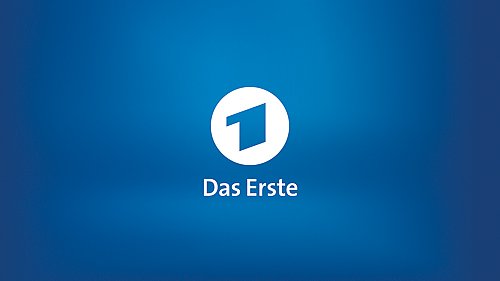
Colours
The wave, as an old symbol of unilateral TV broadcasting, disappears
from the design and with it the dichromatic background. Das Erste is
clearly committed to its tradition of blue, which is staged with peace,
strength and fresh clarity. Three additional marking or contrasting
colours, used minimally in addition to the corporate blue, support
different contents and moods. This orderliness stands for modernity,
without being indebted to current trends. The reduction ensures brand
recognition in the diverse and fragmented media world.
Logo animation
A new pulse-like animation is the logo for the so-called "touch
button", which should intuitively invite the user to access the content
of Das Erste. Thus, Das Erste has adjusted its design to the constantly
developing media use and related viewing habits of audiences. The pulse
animation of the "1" is meant to symbolize both pressing the first
button on the remote control as well as using the touch screen with the
Das Erste App.
Typography
The font in all sections is the typeface of the ARD. From this font
family, TheMixB will be used as the typographical identifying feature
of Das Erste. Due to its modern-looking font character, it also
rejuvenates the new look of the brand.
Idents
The new station idents consist of brief moments of everyday life or
wishes. These moments are funny, thoughtful or intriguing and are
supported by spoken or written messages that are placed on a so-called
mini-walker. Seasonal references such as Easter or Christmas, as well
as major sporting events such as a world championship or Olympic Games
can be integrated and presented.
Use
The redesign of Das Erste, which began with the launch of the Das Erste
App in March 2013, has now been completed in television, in promotion
as well as in signalisation.
The new design of Das Erste was commissioned by the ARD programme
direction Erstes Deutsches Fernsehen under the direction of Henriette
Edle von Hoessle, Creative Director and Head of ARD Design and
Presentation, and developed and implemented by two Munich-based
agencies: the Perfect Accident Creative Services GmbH and Velvet Media
Design GmbH.
For more information and a short clip on the redesign, visit
http://www.daserste.de/specials/ueber-uns/neues-markendesign-das-erste-100.html
SRF partners with research project Action TV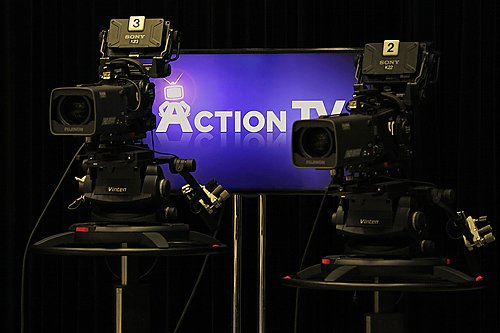
Swiss Radio and Television is a partner of the international research project Action TV. The goal is to develop a new kind of interactive TV technology that will allow viewers at home to be placed inside a programme in the form of a 3D avatar. A consortium of experts developed the technology.
The basic principle is to generate a 3D avatar of the viewer with
multiple cameras at his/her home. Another part of the project deals
with the creation of 3D television studios. The captured television
studio is then combined with the 3D avatar. Other specialists are
working on networking, dissemination and on the combination of TV
picture and 3D avatar.
The role of the SRF is to develop a use case or a test scenario. As a
basic idea, a quiz format was chosen or alternatively a dance format,
similar to dance video games.
"A game does not yet exist in this form. Our goal is to develop the
technology as a proof of concept. We will produce game sequences which
demonstrate the technological possibilities", says Ulam Curjel, head
director at SRF and the person responsible for the project. "We hope to
enrich the viewing experience by having the audience participate
interactively. The technology can ultimately be used for very different
television formats. With this project we want to show what is
technologically possible", says Curjel about the goal of the project.
In 2016, the Action TV consortium will create a demonstrator, which is
due to be presented at the SRF. In addition, the technology will be
presented at various New Technology Events. Current reports about the
project can be found on the website www.action-TV.net.
Partners of the project are: SRF, tpc, Disney Research Zurich,
Fraunhofer Institute, University of Surrey, Human Factors Consult and
Argela Türk Telekom. Action TV is financed by the European Union.
Last chance to enter your proposal for The Bobs 2015

Anyone interested can still submit proposals for The Bobs until 12
March 2015. Ever since 2004, the Deutsche Welle has been organizing The
Bobs as a prestigious international contest for bloggers, activists and
journalists who work on the Internet for free speech and human rights.
Deutsche Welle will give out the Freedom of Speech Award for the first time in 2015.
Additionally, an international jury will name three additional winners
in the multi-lingual categories “Social Change”, “Privacy &
Security” and “Arts & Media.” An online vote open to everyone on
the Internet will determine the People’s Choice Awards in each of the
contest’s 14 language-specific categories.
The competition’s languages are: Arabic, Bengali, Chinese, English,
French, German, Hindi, Indonesian, Persian, Portuguese, Russian,
Spanish, Turkish, and Ukrainian.
Past winners of The Bobs include: Yoani Sánchez (Cuba), Lina Ben Mhenni
(Tunisia), Ushahidi (Kenya), the Sunlight Foundation (USA), Li
Chengpeng (China), und Alaa Abd El-Fattah (Egypt) for Manal and Alaa’s
bit bucket.
For more information and submission of a proposal, visit http://thebobs.com/english/
New members – Olympia-Verlag GmbH and Turner Broadcasting System Deutschland
In this section, we introduce the newest members of Eyes & Ears of Europe. We are happy to welcome Olympia-Verlag GmbH and Turner Broadcasting System Deutschland who joined in January 2015. A very warm welcome to the new members.
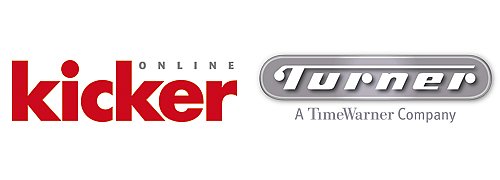
Olympia-Verlag GmbH
The Olympia-Verlag, with its top sports brand Kicker, offers football skills on all channels: Each week, Kicker reaches over 5 million people, making it Germany's football brand No. 1 among media outlets. Digital offerings range from the strong online presence kicker.de to eMagazine and news apps to game apps to video content available on kicker.tv, which has now found a notable fan base with around 4 million downloads per month.
With its brand ALPIN, the publisher shows its passion for mountain sports and aims to be the most successful media brand across all channels in this segment. "A key challenge for a well-known brand like 'Kicker' is the professional and successful implementation of media convergence. Eyes & Ears of Europe gives us the right platform for this. It is of great interest to us to exchange information on the developments, trends and the presentation of audiovisual content in TV and WEB and learn from each other", says Werner Wittmann, Head of Digital Media, and Oliver Kühn, Head of Finance and Organisation, Olympia Verlag.
Turner Broadcasting System Deutschland
Turner Broadcasting System International operates international versions of the brands of Turner Broadcasting System, Inc., including CNN, TNT, Cartoon Network and Turner Classic Movies, as well as local channels and divisions. Worldwide, Turner has more than 160 channels in 37 languages and over 200 countries. Turner Broadcasting System EMEA broadcasts 73 TV channels in 23 languages in 124 countries in Europe, the Middle East and Africa. Turner stations in the German-speaking region include CNN International, the movie channel Turner Classic Movies, the series-oriented channel TNT Serie with the comedy block [adult swim], the children's channel Cartoon Network, the children and family channel Boomerang and TNT Glitz, the entertainment and lifestyle channel for women. Turner Broadcasting System is part of Time Warner.
Exhibition tip: 'Ludwig Goes Pop'
Until 13 September 2015, the mumok – Museum moderner Kunst in Vienna is showing the exhibition 'Ludwig Goes Pop'.
The collection of the German industrialists Peter and Irene Ludwig
shows around 100 works from six different institutions associated with
the Ludwigs.
Pop Art gained entrance to art markets more quickly than any other art
movement of the twentieth century and was widely exhibited and
enthusiastically received as soon as it began to emerge on the scene in
the USA. Peter and Irene Ludwig began to discover American Pop artists
in the mid-1960s, when this movement was still largely unknown in
Germany. Not until presentations at the 1964 Biennale di Venezia and
documenta 4 (1968) in Kassel did Pop Art begin to reach a broader
European audience. The Ludwigs were interested in the artists who are
today seen as the legendary protagonists of Pop Art: Robert Indiana,
Jasper Johns, Roy Lichtenstein, Claes Oldenburg, Robert Rauschenberg,
James Rosenquist and Andy Warhol.
'Ludwig Goes Pop' until 13 September at the mumok – Museum moderner
Kunst, Museumsplatz 1, A-1070 Vienna. Opening hours: Monday: 2 pm–7 pm,
Tuesday to Sunday: 10 am–7 pm, Thursday: 10 am–9 pm. Further
information at https://www.mumok.at/en/events/ludwig-goes-pop
Howard Kanovitz
The Opening, 1967
Metall, Plexiglas, Kunststoff und Fotografie, Leuchtstoffröhren / Metal, Perspex, plastic and photograph
49 x 69,5 x 12,8 cm
Museum Ludwig, Köln
© Bildrecht Wien, 2015
Photo: © Rheinisches Bildarchiv
